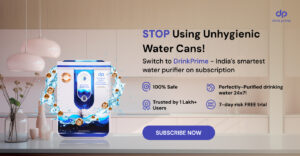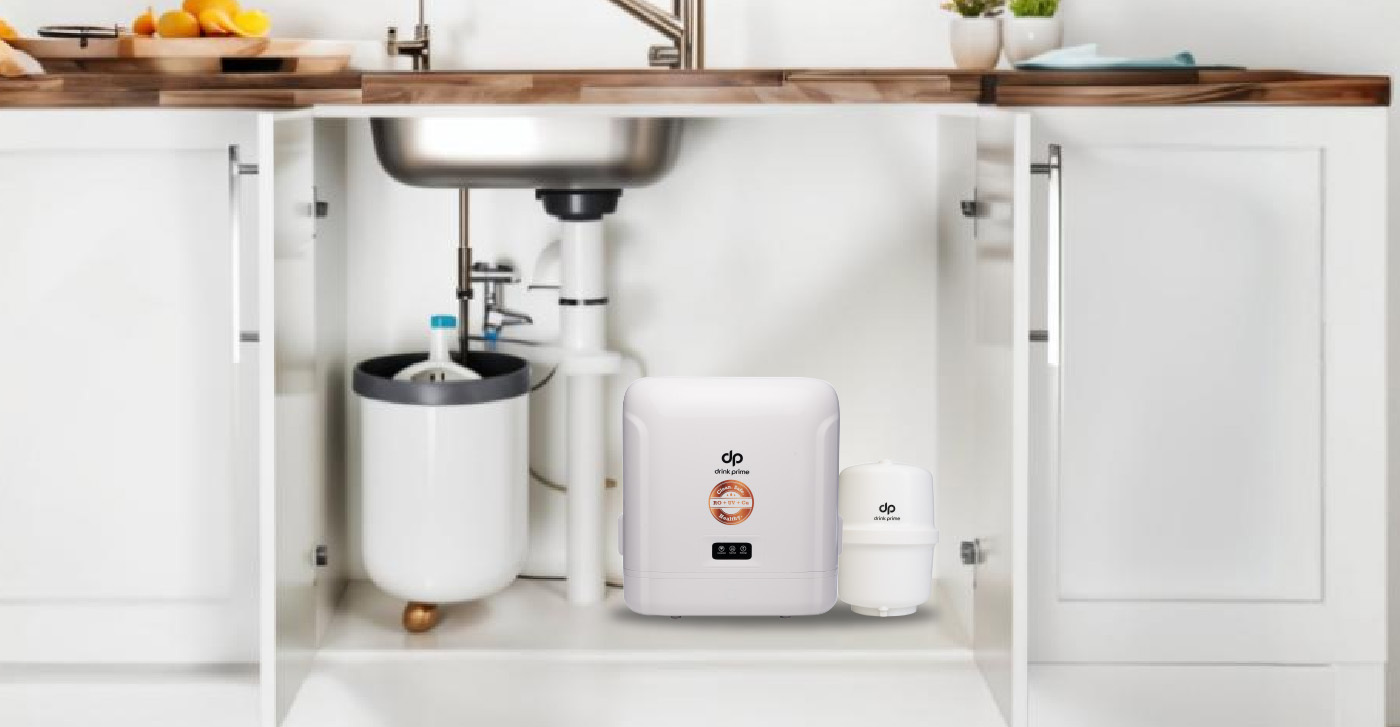Water scarcity is a pressing global issue, prompting the need for innovative solutions to conserve this precious resource. In households equipped with reverse osmosis (RO) systems for water purification, wastewater is generated as a byproduct. However, this wastewater can be repurposed for various household tasks, offering an eco-friendly solution to reduce water wastage.
In this blog, we will explore creative ways to reuse RO wastewater, contributing to water conservation efforts and promoting sustainable living practices.
Let’s dive in!
What to be mindful of before RO wastewater usage?
Before using reverse osmosis (RO) wastewater for household tasks, it’s essential to consider several key points to ensure its safe and effective use. Here’s what to be mindful of:
- Quality Assessment: Test the quality of RO wastewater to ensure it meets safety standards for household use. Check for residual contaminants, minerals, and microbial content to avoid potential health risks.
- Compatibility: Assess the compatibility of RO wastewater with various household tasks, such as cleaning, gardening, or laundry. Based on the intended use, determine if any specific treatments or adjustments are needed.
- Contaminant Removal: Implement appropriate filtration or treatment methods to remove any remaining contaminants or chemicals from the wastewater. Consider using additional purification techniques to ensure water quality meets household standards.
- Nutrient Content: Evaluate the nutrient levels in the RO wastewater, including nitrogen, phosphorus, and other essential elements. Determine if nutrient levels are suitable for tasks like plant watering or garden irrigation and adjust as necessary.
By considering these factors and taking appropriate precautions, RO wastewater can be safely used for various household tasks, contributing to water conservation efforts while minimizing potential risks to your health.
How can RO wastewater be stored effectively?
- Cleanliness: Ensure the bucket is thoroughly cleaned and sanitized before use to prevent any cross-contamination. Use a mild detergent and hot water to wash the bucket, and rinse it well to remove any residue.
- Dedicated Use: Keep the bucket solely for storing RO wastewater for cleaning purposes to avoid confusion or accidental ingestion.
- Sealing: Use a bucket with a tight-fitting lid to seal the wastewater securely and prevent any spills or contamination. Check the lid regularly to ensure it remains intact and seals properly after each use.
- Location: Place the bucket in a convenient yet safe location for easy access during cleaning tasks. Store it away from high-traffic areas to minimize the risk of accidental spills or tipping.
- Labeling: Clearly label the bucket with a waterproof marker to indicate that it contains RO wastewater for cleaning. You can also include the date of storage to track the freshness of the water.
- Ventilation: If storing the bucket indoors, ensure adequate ventilation to prevent the buildup of any unpleasant odors or gases. Consider placing the bucket in a well-ventilated area such as a utility room or garage.
- Protection: Shield the bucket from direct sunlight and heat sources to maintain the quality of the wastewater over time. Consider using a dark-colored bucket or covering it with a cloth to block out light.
- Regular Rotation: Use the stored RO wastewater regularly for household cleaning tasks to prevent stagnation and ensure freshness. Rotate the use of multiple buckets if needed to avoid long-term storage.
By following these storage tips when using a bucket to store RO wastewater for household cleaning, you can maintain water quality and safety while minimizing waste and contributing to sustainable practices.
Here is how you can reuse RO wastewater for household purposes:
Let’s explore different ways to effectively reuse RO wastewater for household activities such as cleaning, dishwashing, and more:
- Cleaning: Dilute RO wastewater with clean water to create a multipurpose cleaning solution suitable for surfaces such as floors, countertops, and windows. Use the diluted solution with a mop, sponge, or spray bottle for general cleaning tasks throughout the home. The low mineral content of RO wastewater can prevent streaking and residue buildup on surfaces, leaving them clean and shiny.
- Dishwashing: You can hand wash dishes using a basin filled with diluted RO wastewater and eco-friendly dish soap, saving both water and energy. RO wastewater is free from hard minerals, making it ideal for dishwashing as it helps prevent soap scum and water spots on dishes and utensils.
- Laundry: Incorporate RO wastewater into the laundry cycle by pre-soaking heavily soiled garments or as a rinse aid during the final rinse cycle. The soft water properties of RO wastewater can enhance the effectiveness of laundry detergents, resulting in cleaner and softer fabrics.
- Plant Watering: Utilize RO wastewater to water indoor and outdoor plants, providing them with a source of clean, mineral-free water that won’t leave behind residue or harm delicate roots. Dilute RO wastewater with additional clean water to adjust the nutrient levels and pH as needed for specific plant species.
- Pet Care: Use diluted RO wastewater for bathing pets, providing them with a gentle and chemical-free cleansing experience that won’t irritate their skin or coat. Rinse pet bowls, toys, and bedding with RO wastewater to remove dirt and odors, keeping them clean and hygienic between washes.
- Household Plants and Gardens: Incorporate RO wastewater into irrigation systems for household gardens, flower beds, and landscaping projects, ensuring plants receive adequate moisture without the risk of salt buildup or soil contamination. Adjust the frequency and volume of watering based on the water requirements of different plant species and environmental conditions. Monitor soil moisture levels and plant health regularly to prevent overwatering or drought stress.
Get 7 Days Risk Free Trial
Conclusion:
Incorporating RO purifier wastewater into daily household activities offers a practical and sustainable way to conserve water, minimize waste, and promote environmental conservation.
Looking for clean, safe, and healthy drinking water 24×7? Then DrinkPrime RO water purifier is the ideal solution! With advanced filtration technology and IoT monitoring, it seamlessly integrates into your home, offering safe drinking water at an affordable price.
Simply select from a range of plans and subscribe to enjoy the benefits of pure drinking water without compromising on quality or convenience!




